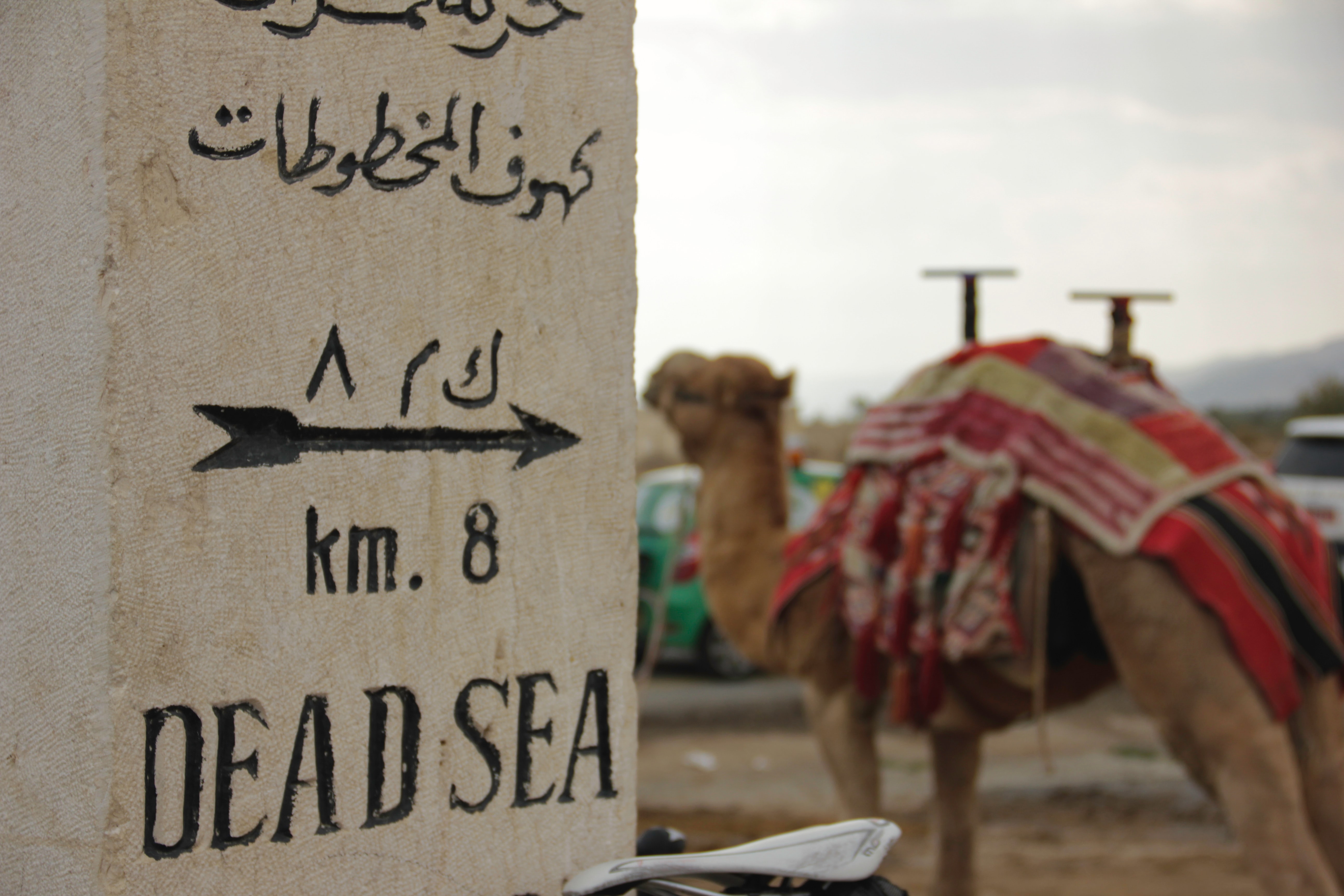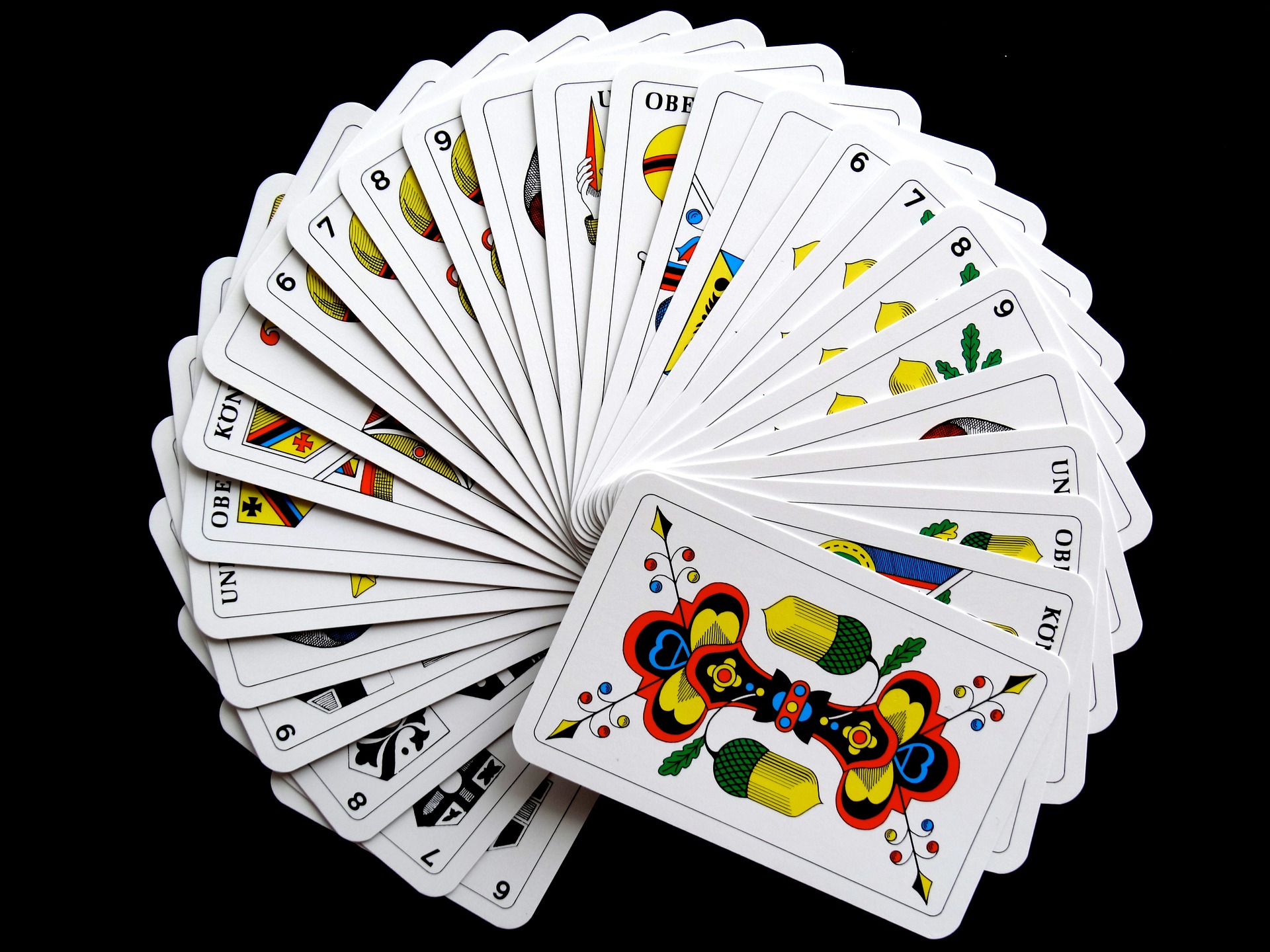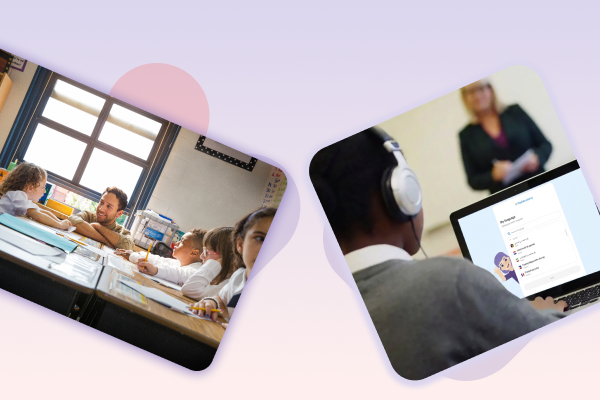

Maths is often called a ‘universal language’. Around the world, equations will give the same result whether you call the answer ‘vier’, ‘tokowha’ or ‘four’. In fact, most languages use the same numerals too. In foreign countries, whilst you may not be able to decode writing systems, the numbers often shine out because all countries use the same numerals, right?


Numeral systems
Well, actually, no. You can see a second numeral system by looking at many clocks and watches, which use Roman numerals. Schools frequently use clocks with the Indo-Arabic numeral system so the time is clearer for pupils. Pupils may not be as familiar with this system from ancient Rome. Today, the Indo-Arabic numeral system is much more common; Indian mathematicians invented the system and Arabic mathematicians developed it in the 9th century. However, even these numerals are not standard across the Arabic-speaking world.

The sign above shows an example of the East Arabic numeral system, where ٨ is the numeral for 8. The Ethiopic numerals, used in Amharic, had no symbol for 0. In Ethiopic numerals, ፰ is the numeral for 8. However, whilst these numerals are occasionally used in dates, present-day Ethiopia tends to use the Indo-Arabic numerals (Chrisomalis, 2010: 154).
Literacy in the maths classroom
We have already seen how numerals can look very different in different countries. However, this aside, is maths a universal language? As a subject, not really. Literacy is critical for maths, with weak readers struggling more in maths than English literature. For this reason, FlashAcademy®’s new in-app reading comprehension lessons in all curriculum subjects aim to contextualise new terminology into everyday situations. Click here to find an example maths reading comprehension.
We also have additional resources and ideas for supporting low-level English EAL pupils which can be found here.
Cultural capital
‘Cultural capital’ is a term frequently associated with the humanities; however, a lack of cultural capital can also disadvantage pupils in the maths classroom. Whether this is information about sides of a die or the suits in a pack of cards, there are many aspects of probability and statistics which rely on cultural capital. German playing cards typically use the suits heart, acorn, leaf and bell. The photo below shows the southern German cards, which typically have 36 cards in a pack. Having an interactive lesson to look at some of these concepts before looking further at topics such as probability would help pupils who have different backgrounds.

Maths: a universal language?
Yes, in some respects, maths is a universal language. However, it’s good to remember how different numeral systems, cultural elements and literacy levels may impact EAL pupils’ progress in the classroom. Not to mention the multitude of different methods that may be used by maths teachers across the world!
We’d love to hear what Maths challenges you’ve set for your EAL pupils, both in-class and during home learning! Drop a comment below or tweet us @FlashAcademy_HQ

